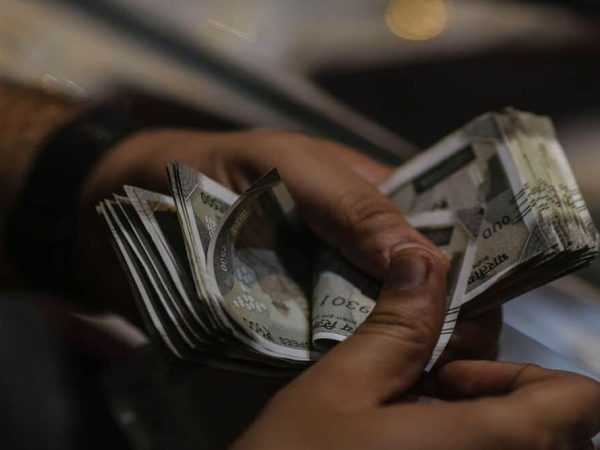Rupee may fall below 80 against US Dollar if 79.60 breached; INR in sync with other EM peers
By NS Ramaswamy
The much awaited U.S annual rate of consumer price growth in August finally came in on Tuesday at 8.3% (July 8.50%; four decade peak June 9.10%), as a shocker with big increases in consumer spending. The expectations and optimism were at 8.1% paving way for deceleration and continued slowdown. Despite a moderation in soaring energy costs and inflation-driven slowdown in demand for fuel it failed to play the key role in easing inflation. Core CPI (which excludes volatile food and energy prices) rose to 6.3% (July 5.9%) against expectations of 6%.
The FED’s inflation target rate of 2% is now likely to take much longer time. The September 20th – 21st FOMC which had expectations of a 75 basis point increase is now tipped for 100 basis point increase. Dollar instantly gained strength and surged to its near 20-year peak (7th Sept at 110.785). Markets are now anticipating interest rates by year end to be above 4% (4.00% to 4.25% from 3.75% to 4.00%). The continued job market tightness and the support it brings in demand would pave the way to FED’s decision to keep rates higher for longer.
European markets were initially indicating optimism with a three week high EURUSD at 1.0199 based on the lower expectations of US CPI which improved global sentiments. But the disappointment led to EURUSD retreat to 0.9961 levels (3% fall). Meanwhile last week the Euro gained against the dollar on the European Central Bank (ECB) raising the key deposit rate to 0.75% from zero. Will ECB guidance for further aggressive monetary tightening alone help the euro climb up higher to the dollar?
ECB policymakers (with hawkish commentary) are in a dilemma that for at least two years to come, the key interest rates have to be hiked to 2% or more above target rate. Their attempt would be to curb record high inflation (August inflation at 9.1%), despite a likely recession in the euro zone. However, the impact of higher rates is expected to be cushioned due to the strong labour market. Next policy meeting of the ECB is slated on 27th Oct.
Also read: Why ArcelorMittal, other metal giants are shutting factories amid Europe energy crisis; here’s what lies ahead
Global aggressive rate hikes could dampen demand and cause economic slowdown. Indian rupee is insulated for this event only if we have a premeditated policy response and a strong macro-fundamental to stabilize rupee. However we are vulnerable to the global rate hikes on account of capital outflow depressing rupee further. RBI’s response with domestic rate hikes would have to be in line with the global shocks.
Threat to imported inflation (even if the global prices remain unchanged, a weaker rupee will increase the prices of imported inputs), capital outflow and weakening of rupee are the consequences of these interest rate hikes. India’s export oriented sectors are the front-line recipients of this impact, widening our current account deficit (CAD).
USD INR appeared to have consolidated at 79.30 and indicated lower limit support at 78.70 levels. Taking cue from the latest inflation fears in the U.S and dollar index rebounding, in the short term USDINR seeks a strong resistance at 79.60 with support at 79.30. Breaking this resistance, Rupee could cross the 80 mark and depreciate further before higher resistances at 80.30 to 81.00 is seen in the medium term. So far, the depreciating trend in the Indian rupee is a tad out of sync with other emerging economies’ currencies.
(NS Ramaswamy, Head of Commodities, Ventura Securities. Views expressed are the author’s own.)

Recent Comments